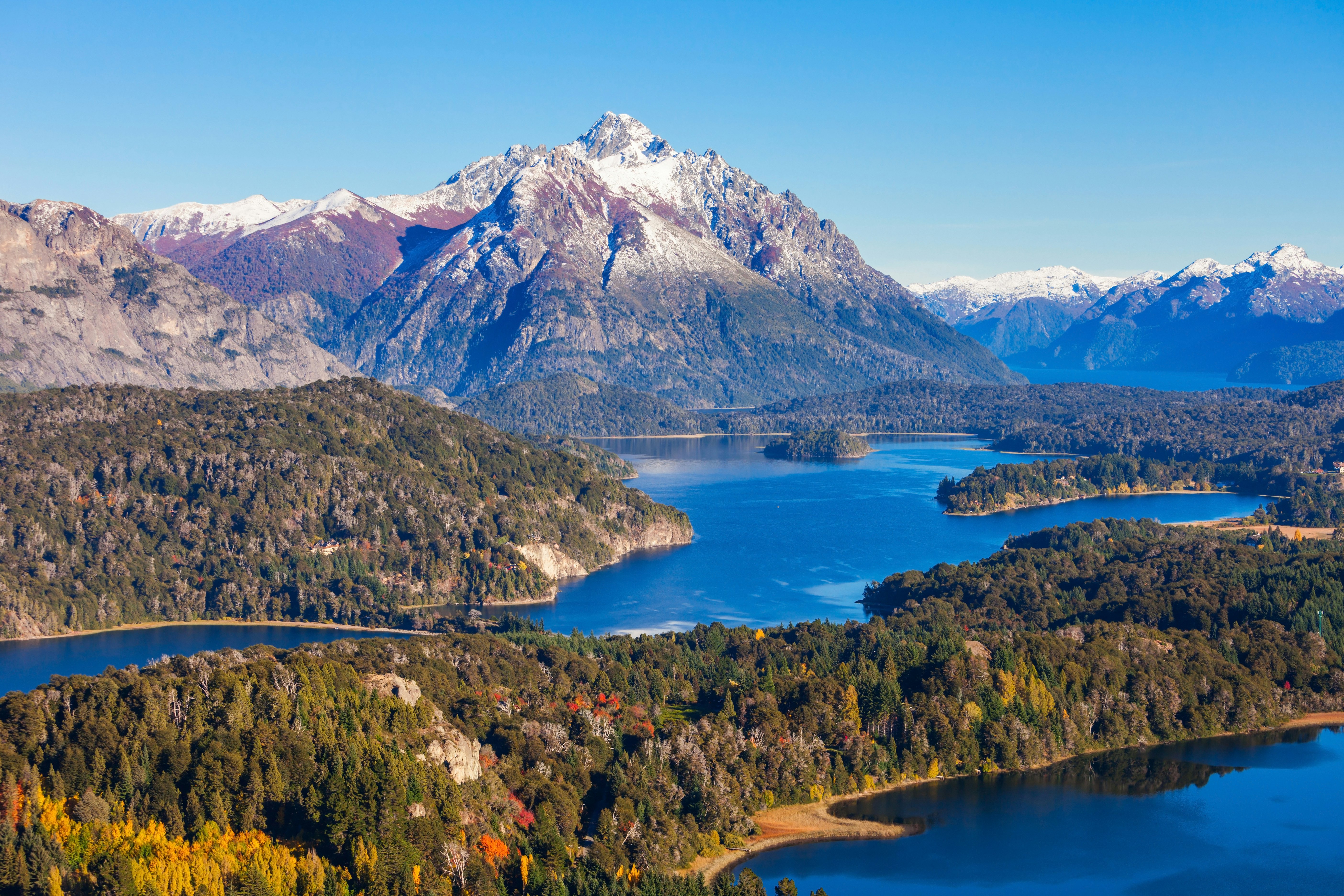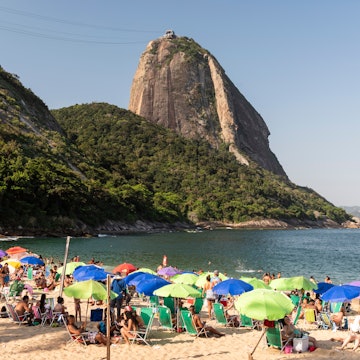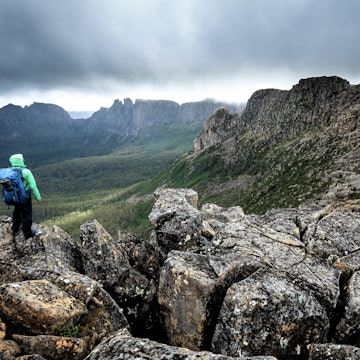

Choose the best time for your visit to Argentina with this seasonal guide © R.M. Nunes / Getty Images
The eighth-largest country in the world and one of the most geographically diverse in South America, Argentina harbors many delights.
A visit here means stopping in electric metropolises, seeing unforgettable mountain lakes and neverending deserts, spending time in wetlands and plateaus, wandering through beaches and forests, and – let’s not forget – trips to some of the most renowned wineries in the world.
To make the most of your visit, be aware that seasons will deeply impact what you’ll be able to see and do. Want to hike up to an Andean glacier? Relax by the coast?
Kayak a wetland in search of unforgettable birds? See a fútbol match or take a tango class? Some of these experiences will depend on the time of year. Here’s our guide to when (and where) to get your fill of beautiful Argentina.

December to February is best for hiking in the South and partying in the North
The summer months of December to February are the absolute high-point of domestic and global tourism in Argentina. The heat and humidity in the capital city of Buenos Aires pushes residents towards the Atlantic Coast’s beach towns like Mar del Plata and Pinamar.
That means the city’s cultural life can be a little slower, with fewer theater performances and live music events, while restaurants and other establishments may be closed. You might also find a little more breathing room on the street, in museums like Museo de Arte Latinoamericano de Buenos Aires (MALBA), Corrientes Ave, and other ciry landmarks that tend to attract crowds.
Temperatures in the North soar to over 40ºC (104ºF); In Iguazú Falls and Iberá National Park, the heat and humidity get almost unbearable, while the drier Northwestern provinces of Salta and Jujuy get very hot during the day, but are very cool at night.
Patagonia’s weather is mild this time of year, and ideal for hiking, camping, and taking in the sights. You should expect higher prices for flights and accommodations, especially in major draws like the glorious Lake District town of Bariloche and the global trekking landmark of El Chaltén, not to mention some crowding at the main attractions.
Ushuaia, in the province of Tierra del Fuego, is at its warmest, with temperatures regularly in the double digits (above 10ºC/50ºF); the summer is the best time to visit if hiking and sightseeing are what you’re looking for.
There are also notable celebrations across the country. In the city of Gualeguaychú there’s a week-long Carnaval celebration in February. In Córdoba, two legendary festivals for rock and folk music take over the small town of Cosquín: Cosquín Rock and Cosquín Folk Festival.

March to June and September to November are best for enjoying Buenos Aires
Spring (September to December) and fall (March to June) are ideal times to enjoy Buenos Aires. The weather is mild, and the city is lively but is crucially not yet filled to the brim with tourists.
Since it’s the low season, lodging and travel costs will be low and availability high, and since locals are in town, you can expect restaurants to be busy (book in advance, especially for places in demand like recent Michelin-starred parrilla Don Julio and the remarkable Anchoita, which sources ingredients from its in-house farm and collaborates with local suppliers, as well as offering one of the best wine lists in the country.
November is the month of the jacaranda blossoms, when they fill Buenos Aires streets with their bright purple flowers. And in April, you can find the celebrated BAFICI (Buenos Aires Film Festival) screening some of the best in Argentine and world cinema.
Meanwhile, from late February to early April, Mendoza’s Vendimia – the grape harvest festival – offers an unbeatable opportunity to visit the region’s remarkable wineries. Beware: demand for lodgings balloons during that period with a significant increase in costs, so book well in advance to secure your spot.
Temperatures in Mendoza are fairly mild between mid-September and June, so a trip around its countless vineyards is well worth your while even outside of Vendimia season.
Meanwhile, Patagonia, Tierra del Fuego and the south of Argentina still have relatively mild weather (around 20ºC/68ºF), especially in March and November, in case you want to visit in a slightly lower occupancy season.
Iguazú and Iberá, to the north, are slightly less warm and rainy with temperatures lingering around the mid-20ºCs to low-30ºCs (68 to 86ºF), not to mention less crowded, and this is a good time to visit them.
Likewise, the Nortwestern provinces of Salta and Jujuy have milder temperature swings and are more calm, providing an ideal window to take advantage of the beautiful sights of the Hornocal and the historic town of Cachí.

July and August are best for skiing in the South and visiting Iguazú and Iberá to the North
Though winters in Buenos Aires are not terribly harsh – snow is extremely rare – the shorter days and cold temperatures (around 5 to 15ºC/41 to 59ºF) make the city feel rather inhospitable.
Instead, consider taking advantage of the peak skiing season and hitting up Cerro Castor ski resort in Tierra del Fuego, Cerro Catedral near Bariloche, and Las Leñas in Mendoza for some world-class fun on the slopes. The highest demand period is the last three weeks of July, generally winter vacation season in Argentine schools, which will raise costs at all ski resorts in Argentina.
And there's plenty of fun off the slopes too. In Ushuaia, there's the Fiesta de la noche más larga on June 21, when the city parties in celebration of the longest night of the year, while Bariloche’s Rapa Nui chocolate store stocks its iconic Franui (chocolate-covered raspberries) and a vast selection of prize-winning chocolates.
If cold weather isn’t your vibe, you might also take a trip northwards: Iguazú and the Iberá National Park – home to unforgettable waterfalls and unique wildlife – are always warm and welcoming. Jujuy and Salta, while noticeably colder during the night, remain fairly mild in the daytime, and the attractions will be just as accessible as in spring and fall.
















